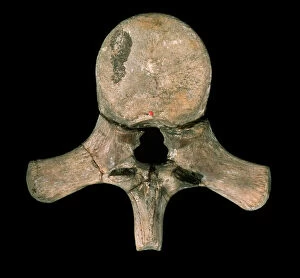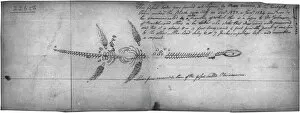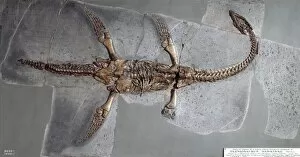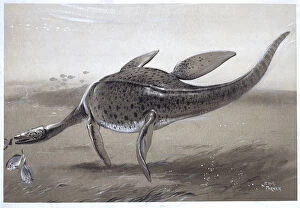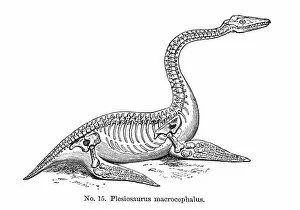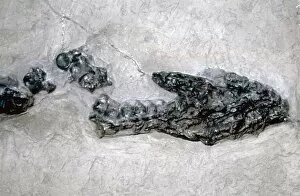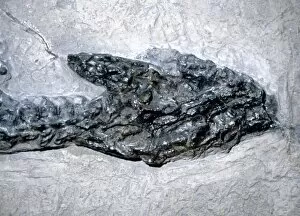Plesiosauria Collection
"Plesiosauria: A Glimpse into the Mesozoic Marine World" Step back in time and dive into the fascinating world of Plesiosauria
All Professionally Made to Order for Quick Shipping
"Plesiosauria: A Glimpse into the Mesozoic Marine World" Step back in time and dive into the fascinating world of Plesiosauria, an ancient order of marine reptiles that ruled the seas during the Mesozoic era. One of its most iconic representatives is Plesiosaurus, a creature with a long neck and paddle-like limbs. As we explore their existence, we come across various remnants from these magnificent creatures. The Liopleurodon vertebra reveals the sheer size and power they possessed, while a detailed Plesiosaur sketch brings their appearance to life once again. Amongst this diverse group, Plesiosaurus hawkinsii stands out with its unique features. Original art at Crystal Palace showcases this extinct animal alongside other mesmerizing creatures from prehistoric times. Delving deeper into their diversity, we encounter intriguing species like Plesiosaurus macrocephalus. Fossil C016 / 5595 provides us with valuable insights into its anatomy and lifestyle. Similarly, fossil bones C016 / 5421 belonging to Rhomdeosaurus pliosaur shed light on another branch within this remarkable lineage. The skulls preserved in fossils C016 / 5205 and C016 / 5204 offer glimpses into the intricate cranial structures of these marine reptiles. Their well-preserved remains allow scientists to unravel mysteries surrounding their feeding habits and sensory capabilities. One cannot forget about Rhomdeosaurus cramptoni [Kettleness specimen], which adds yet another layer to our understanding of plesiosaurs' evolutionary history. Plesiosauria continues to captivate paleontologists worldwide as they strive to piece together the puzzle of these enigmatic creatures that roamed Earth's oceans millions of years ago. Through careful examination of fossils such as those mentioned above, scientists are able to reconstruct not only their physical characteristics but also gain insight into their behavior and ecological roles.


